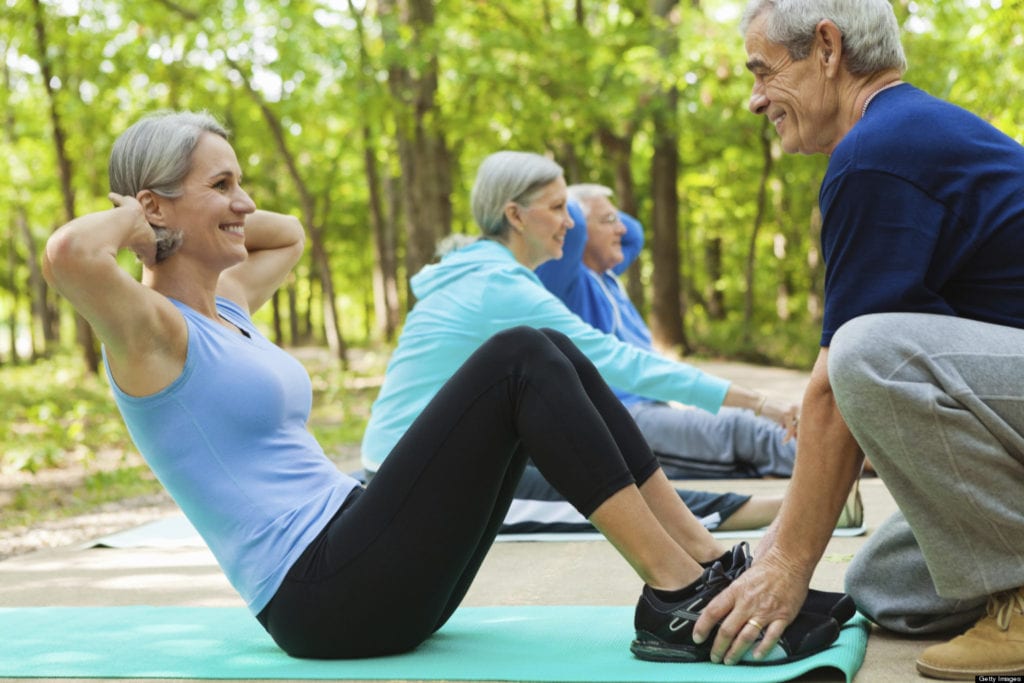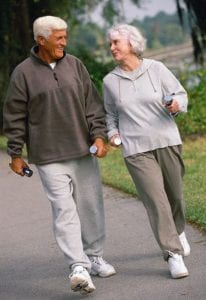The Benefits of Staying Fit in Later Life…
03/02/2017
Studies show that older adults can reap just as many benefits from physical activity as medicine. Getting enough exercise may even reduce or eliminate the need for certain medications, help older adults to lose weight, stave off depression, heart disease, and other ailments.
As you age, mobility becomes harder and many people get stairlifts, most people want to avoid this and while older adults don’t need to do a full training regimen to get in shape, the NHS suggests moderate aerobic activity as well as strength exercises for two or more days a week for adults 65 and over.
Aerobic Activity for Older Adults

Aerobic activity delivers oxygen to muscles, stimulates the heart and breathing rate, and increases blood flow. This will boost your circulatory system and improve the quality of your skin.
It even prompts the production of natural painkillers called endorphins, which give you a sense of wellbeing. Since depression is an issue for some seniors, you might consider exercise to be a natural antidepressant.
Moderate aerobic activity for people of ages includes:
- Walking
- Gardening
- Volleyball
- Ballroom or line dancing
- Bike riding
- Water aerobics
Older adults who are somewhat active shouldn’t have any problem adding a few more minutes (or a few new exercises) to their routine. Seniors who spend most of the day sitting, can still work their way up to the recommended weekly minimum by walking, gardening and performing other light activities.
Once a good level of baseline fitness has been built up it’s possible to progress on to more strenuous exercise such as; bike riding, participating in tennis doubles, taking dance lessons and engaging in other moderate aerobics.
Seniors with arthritis or other health concerns should check with their doctors before beginning a new fitness routine. There are specific exercises your physician can recommend that will raise your heart rate and get blood pumping safely, and without pain.
Strength Exercises Keep Muscles Working

Doing strength exercises two or more days a week counteracts the weakness that is all too common among inactive seniors. Maintaining muscle strength helps to keep your blood sugar and blood pressure steady, and may prevent diabetes and reduce the need for blood pressure medication.
At home or in an exercise class, seniors can benefit from sit-ups or use hand weights to do bicep curls. You don’t need to do formal exercises to increase your strength – everyday activities, including carrying groceries, shovelling, and lifting rubbish bins, also work your muscles.
Balance and Flexibility
As people age, muscles lose their elasticity and make walking difficult. Staying flexible by doing yoga or simple stretching exercises will keep joints in fine working order and allow seniors to remain independent. We also lose our sense of balance as we age, and are more prone to falls and broken bones. Doing balance exercises help seniors reduce the chance of falling and losing their mobility.